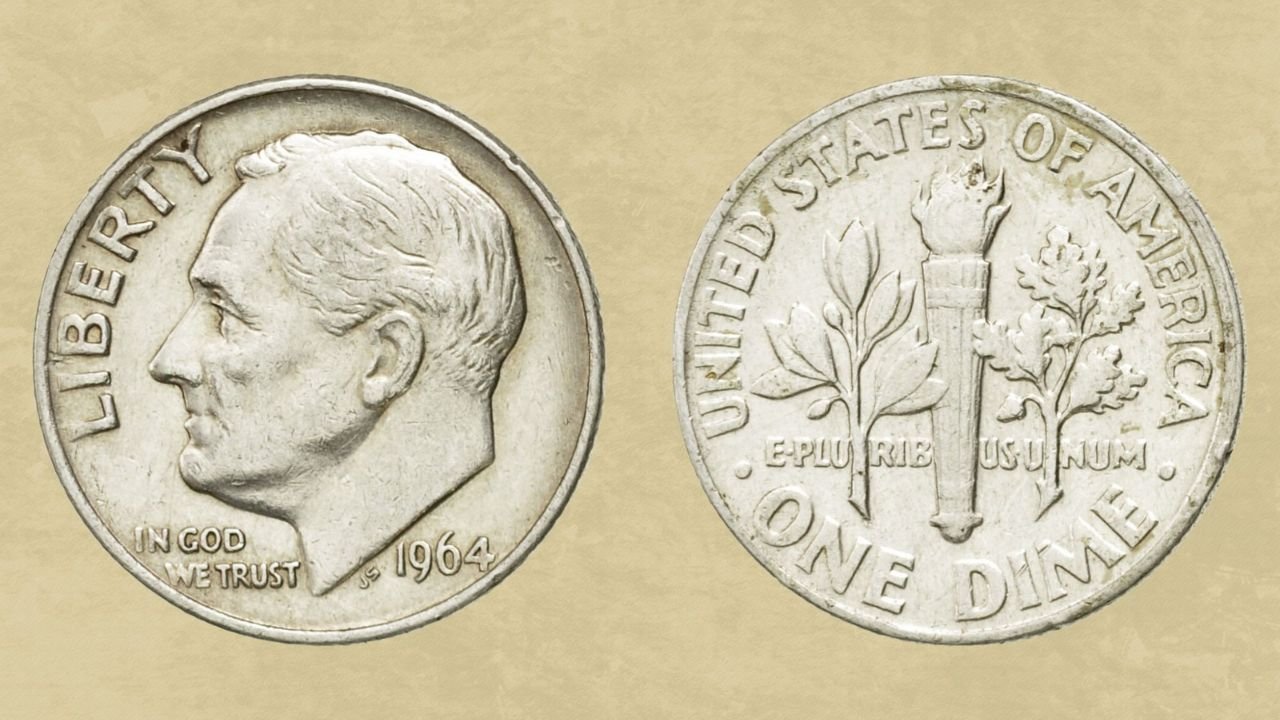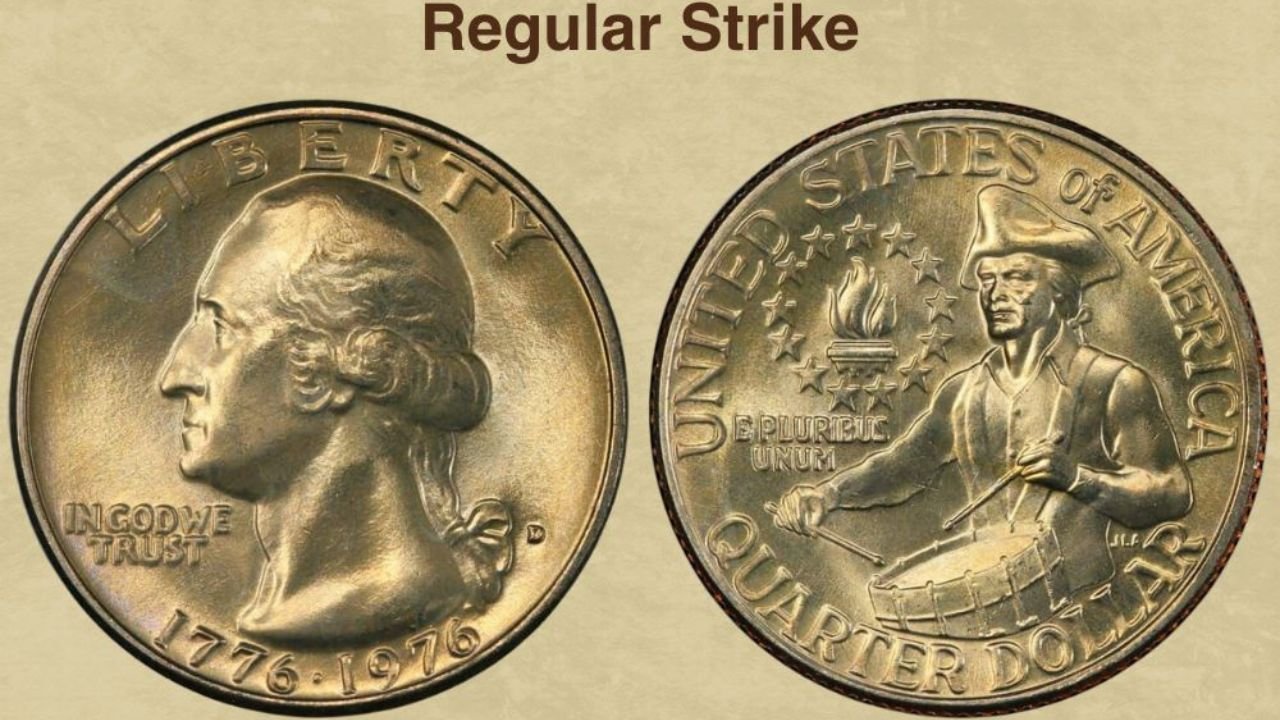Five extremely rare dimes: Among coins called rare, legends are born about their sheer rarity, historical significance, and enthralling timelines of their minting.
While most coins that are superlatively valuable might have long been found and hoarded either by museums or by private collections, six great specimens-concerns five dimes and a bicentennial quarter-are still thought to remain in circulation. Each with an estimated value of $250 million!
What a grand numismatic treasure hunt these coins make: perhaps they will be used in normal transactions, changing the lives of whomever finds them.
5 Unbelievable Rare Dimes The 1894-S Barber Dime:
The Incomparable Rarity
Perhaps the most famous rarity in American coins, the 1894-S Barber dime has a fantastic backstory that has captivated collectors through the ages.
There were only 24 dimes of 1894 struck at the San Francisco Mint and only nine known examples of this coin even today. This minuscule mintage created all sorts of stories and theories surrounding this context.
One very convincing story has it that it was to keep the accounts for the year balanced that Daggett, San Francisco Mint Superintendent, ordered the production of 24 dimes.
As numismatic legend has it, he gave three of these to his daughter Hallie with the strict admonition to keep them until she was old enough.
She, as the story goes, stopped for ice cream on the way home and in so doing spent one of the coins she would later unknowingly keep.
“Extreme rarity combined with a mysterious origin story and impeccable documentation of its production make it uniquely compelling to serious collectors. The 1894-S represents the perfect confluence of factors that create extraordinary value,” Dr. Eleanor Hughes , senior numismatic curator at the National Coin Archives , said.
Although most known specimens are located in vast collections of museums or in private collections, at least one specimen is presumed to still circulate, having reportedly spent by an heir of a collector without knowledge of its true value.
In uncirculated condition, it is worth about s$250 million; a heavily worn example is still worth tens of millions if found in someone’s pocket change.
The 1975 No-S Proof Dime:
Modern Impossibility
Not only will the rarity of this dime be worth nearly anything, but it is also one of the most valuable modern coins; a coin that shouldn’t exist.
There are a few trivial exceptions, but in general, all proof coins-that are produced by special minting for a collector with a die for highly polished coins on polished blanks-have mintmarks on them, denoting the producing mint. All 1975 proof dimes would carry an “S” mintmark for the San Francisco Mint.
However, a small number were mistakenly without this critical mintmark.
The exact number is not known, but numismatic experts guess that fewer than 10 were struck before the error became detected and corrected.
Only two specimens have been authenticated by major grading services, at least one of which is believed to be still in circulation due to someone breaking up what they did not know was a proof set.
“Perhaps the most important modern error from the mint, the 1975 No-S proof dime, says Victoria Russell in her book America’s Million-Dollar Coins.

“Proof coins are subjected to so many quality checks that very few, if any, would even be able to get by such checks with this kind of error,” she said of the miracle of its production.
Last auction-this coin sold for over 1.3 million-about a decade ago; experts believe now, that in light of the skyrocketing values of ultra-rare coins, the piece might easily command around $250 million, given its renown as probably the greatest modern American mint error.
Big words Microscopic Marvels:
1916 “Doubled Die” Mercury Dime.
This is correct: The Mercury dime design replaced the Barber series in 1916, and for one dramatic minting error that subsequently went undiscovered for decades.
So illicit was its origin that numismatists now recognize it as their most outrageously dramatic doubled die in the series: parallel obverse design doubling particularly conspicuously in Liberty’s profile and the date as a result of misalignment at the hub-to-die stage.
“What makes this doubled die so special is the combination of its dramatic visual impact along with being on a first-year-of-issue design,” said error coin specialist James Williamson.
So even to the naked eye, the doubling is very plain, having that almost three-dimensional effect that is unmistakable once you know what to look for.
Numismatic researchers estimate about 15-20 were struck before the error was ever detected, nearly all of which entered circulation before the variety was officially documented.
Major grading services have confirmed only three specimens, but experts assume at least one may still be in circulation, perhaps misidentified as a normal 1916 Mercury dime by its current owner.
With auction records for lesser doubled dies well over $ 1 million, specialists case this landmark blunder at about $ 250 million for a well-preserved sample, although even pieces heavily worn would command eight figures if discovered.
The ‘Special Struck’ Silver Dime: An Enigma of 1964
In a few experimental dimes made during 1964, separate strikings were applied: neither business strikes nor normal proofs, but with special finishing techniques considered for prospective collector coins.
These coins were struck with great care using specially prepared dies and planchets; they exhibited bright magnified fields, frosted devices, and fine extraordinary detail.
This developmental labouring led to that which was sold to collectors in the Special Mint Sets of 1965-67 during the coin shortages.
According to Jonathan Williams, a well-respected numismatist, “These dimes special stricken in 1964 were truly gapping American numismatic history. They filled the gap between the traditional silver currency coinage and the clad age while experimentally showing techniques never fully adopted for regular production.”

Most were kept within the Mint, but records state at least five coins were among those given in sets to Treasury officials.
At least one is thought to have been put into circulation sometime after being removed from its original holder.
These transitional pieces, by virtue of their pronounced historical importance at a major turning point in American coinage history, are considered to be worth roughly 250 million dollars by specialists.
The wartime aberration: Experimental Dime Copper-Nickel, 1942
Real-time experimenting with various metals by the U.s mint was carried on under a strategic move to chestall the metals to the war effort during the periods of World War II.
Some steel cents produced in 1943 are well known to the public and collectors, but almost no one knows about the Mint’s production of experimental dimes with a copper-nickel composition that was similar to what would later be adopted for clad coinage in 1965.
Sabine Echard speaks for the war: historians have created a different term for war-time. These pattern pieces were struck in order to try out how a copper-nickel mixture would do in the dime denomination should such a thing ever become necessary because silver became too rare for use in creating money.
According to the Mint records, all examples supposedly were destroyed once their test was completed. But again, dig through numismatic literature, and you will find evidence showing that at least three specimens got out.
Robert Chen, metallurgical consultant to the major auction houses, states, “These experimental wartime patterns represent an important chapter in American numismatic history.”
“Their existence demonstrates contingency planning occurring as the treasury department prepped for a potential metals shortage.”
One of these copper-nickel experimental dimes was found in a bank roll in 1959 and eventually disappeared into a private collection.
At least one further example is believed to remain in circulation, identifiable by specific copper-nickel coloration rather than the silver appearance of standard dimes.
The Impossible Combination:
The 1976 ‘Silver’ Bicentennial Quarter
The last of this phenomenal series is the 1976 ‘Silver’ Bicentennial quarter with no mintmark whatsoever.
The Mint struck these quarters specially with an additional and special 40% silver for collectors and presented the same as an “S” mintmark from the San Francisco facility during the celebration of America on Bicentennial.
Normal circulation quarters were struck in copper-nickel clad composition at both Philadelphia (no mintmark) and Denver (“D” mintmark).
However, numismatic sources have documented at least two examples of bicentennial quarters missing their mintmark that were struck instead on 90% silver planchets, a combination that doesn’t exist under the impossible conditions.
These error coins combine circulation-strike (no mintmark) characteristics with a silver composition higher than that of collector versions: up to that of 40 percent silver content.
“This composition error perhaps stands for the greatest miracle performed by the mint for the modern times,” asserts James Thompson, specialist in bicentennial coinage.

“Systems were built to separate production of silver and clads, so such crossover could not have happened, making these error coins even more precious.” It’s believed that at least one example of this 90% silver bicentennial quarter without mintmark is now still “in circulation,” passing without its owner knowing from hand to hand.
For many specialists, since this bicentennial coinage is of serious historical value and this error is so spectacular, the coins may value in the vicinity of 250 million dollars approximately.
An expert in numismatics would suggest something like this to anyone lucky enough actually to stumble over one of these great rarities:
- Look more narrowly: The dimes that truly deserve consideration are those minted in 1894-S, 1916, 1942, 1964, and, together with the 1975 quarters.
- Magnification: A 10x loupe or a digital microscope will show you the most important details, such as missing mintmarks or doubled features.
- Weigh and check the composition: The 1942 copper-nickel experimental dime and silver bicentennial quarter would differ from normal issues in weight and appearance.
- Look at the details: The 1964 special striking dime is the best example of extreme detail on a generally smooth coin.
- Get an expert’s opinion: If you really think you have something special, get a well-reputed numismatic authority involved.
While the chances of finding anything in your usual change that would have a value of approximately $250 million remains the highest probability by far, these six coins are a reminder of times when good money was about to afford the millionaires.
FAQS:
What makes these coins worth so much?
Value of these coins comes from their rarity, mint errors, historical significance, and demand from collectors. Some of the important aspects are low mintage, unusual mint errors, and pristine condition.
Why are these coins distinguished as being worth a lot?
I have one of these rare coins? Determine if it’s just a matter of mint mark or date or, perhaps, some errors such as double die strikes or lack of an element. Use a glass or eyepiece and check your coin guide for valuations.


